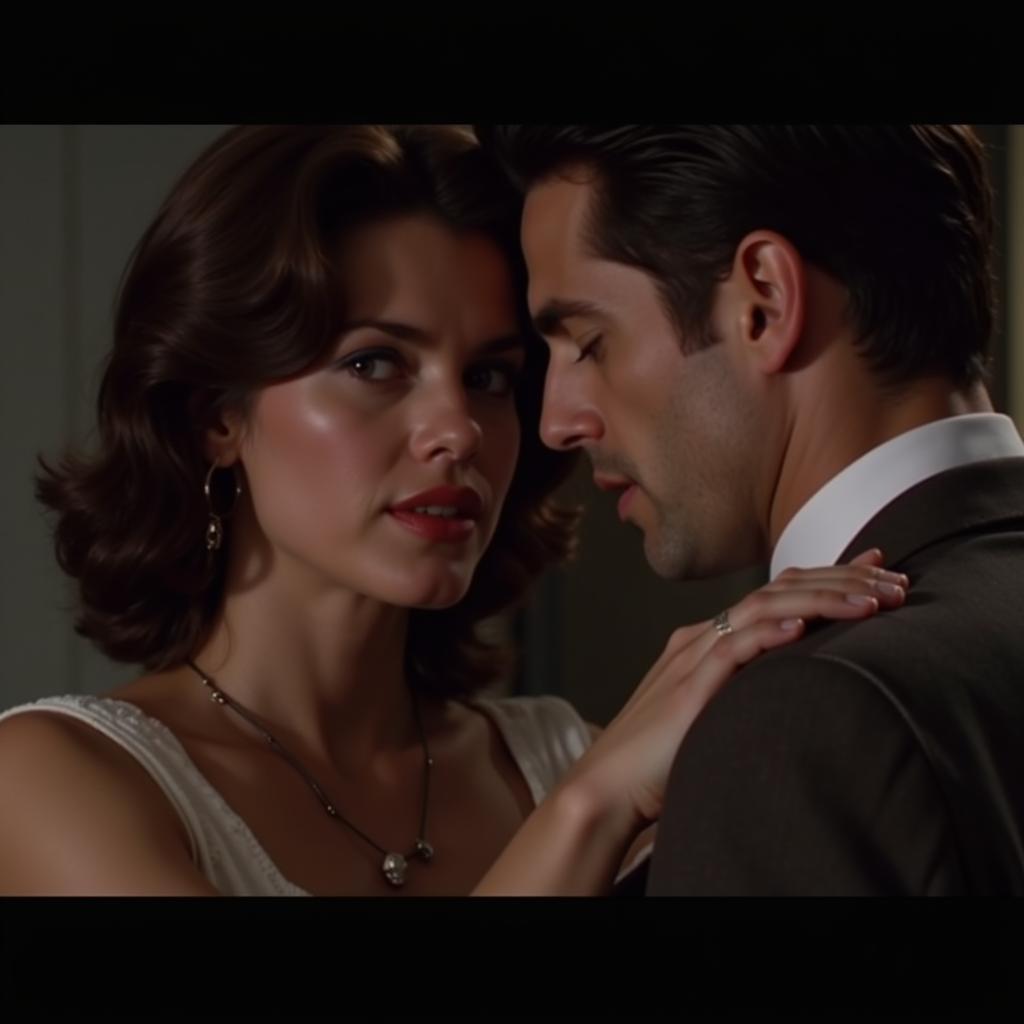Gandhi, the cinematic masterpiece directed by Richard Attenborough, is a profound and captivating exploration of the life and legacy of Mahatma Gandhi, the revered Indian leader who led the country’s fight for independence from British colonial rule. Released in 1982, the film became an instant sensation, winning eight Academy Awards, including Best Picture and Best Director. It’s a testament to the power of storytelling and its ability to transcend cultural boundaries, leaving a lasting impression on audiences worldwide.
This essay will delve into the film’s strengths, analyzing its historical accuracy, its portrayal of Gandhi’s principles of non-violent resistance, and the impact it has had on shaping perceptions of the Indian independence movement. We’ll also examine the film’s artistic merits, exploring its cinematography, performances, and the use of music to create a moving and immersive experience.
A Historical Perspective: Accuracy and Artistic License
Gandhi is not a strictly factual documentary; it’s a cinematic interpretation of history, employing a blend of accuracy and artistic license. The film captures the essence of Gandhi’s life and the key events of the Indian independence struggle, but it also takes liberties with certain details to enhance the narrative.
For instance, the portrayal of the Amritsar Massacre, a brutal event in which British troops fired upon unarmed civilians, is recreated with dramatic intensity. While the film accurately captures the horror of the massacre, it simplifies the complex political context that led to it.
The film’s greatest achievement is its portrayal of Gandhi’s philosophy of non-violent resistance. It demonstrates how Gandhi’s principles, rooted in Satyagraha (truth force), were instrumental in mobilizing the Indian people and challenging the British Empire. The film vividly depicts the peaceful protests, the acts of civil disobedience, and the unwavering commitment of Gandhi and his followers to non-violence, even in the face of persecution and brutality.
The Power of Non-Violence: Satyagraha on Screen
Gandhi’s unwavering belief in non-violence is the heart of the film. The movie meticulously demonstrates how Satyagraha, a form of non-violent resistance, became the driving force behind the Indian independence movement.
The film showcases Gandhi’s belief that true strength lies not in physical force but in the power of moral conviction. He taught his followers to resist oppression with courage and compassion, relying on non-violent methods like boycotts, strikes, and peaceful protests.
The film masterfully depicts the impact of Satyagraha. We see how ordinary people, inspired by Gandhi’s message, took a stand against injustice. The scenes of the Salt March, a massive act of civil disobedience where Indians defied the British salt tax, are particularly moving, highlighting the power of collective action.
Cinematic Brilliance: Cinematography, Performances, and Music
Gandhi is not just a historical drama; it’s a visual masterpiece. The film’s cinematography is stunning, capturing the beauty of the Indian landscape and the grandeur of the colonial era. The use of color, light, and composition creates a visually evocative and immersive experience.
The performances are equally remarkable. Ben Kingsley’s portrayal of Gandhi is unforgettable, capturing the leader’s humility, unwavering determination, and profound spirituality. The supporting cast, including Candice Bergen, John Gielgud, and Edward Fox, delivers powerful performances, bringing to life the various personalities who shaped the Indian independence struggle.
The film’s score, composed by the legendary Indian composer, Ravi Shankar, is deeply moving and evocative. The music seamlessly blends traditional Indian melodies with Western orchestral arrangements, creating a soundscape that enhances the film’s emotional impact.
A Lasting Legacy: Gandhi’s Impact on Cinema and the World
Gandhi is more than just a film; it’s a cinematic landmark. Its success in bringing Mahatma Gandhi’s message of peace and non-violence to a global audience is remarkable. The film has had a profound impact on shaping perceptions of the Indian independence movement and the importance of peaceful resistance.
Gandhi’s legacy extends beyond the film’s release. It continues to inspire generations of filmmakers, activists, and individuals worldwide. It serves as a reminder of the transformative power of non-violent resistance and the enduring strength of human spirit in the face of adversity.
Conclusion
Gandhi is a powerful and moving cinematic experience that transcends cultural boundaries. It’s a testament to the life and legacy of Mahatma Gandhi, a leader who championed peace and non-violence. The film’s historical accuracy, portrayal of Satyagraha, and artistic brilliance make it a timeless masterpiece that continues to resonate with audiences today.
Gandhi reminds us of the importance of fighting for justice, the power of peaceful resistance, and the enduring impact of a single individual’s courage and conviction. It’s a film that inspires hope, encourages reflection, and reminds us of the potential for change in the face of oppression.

